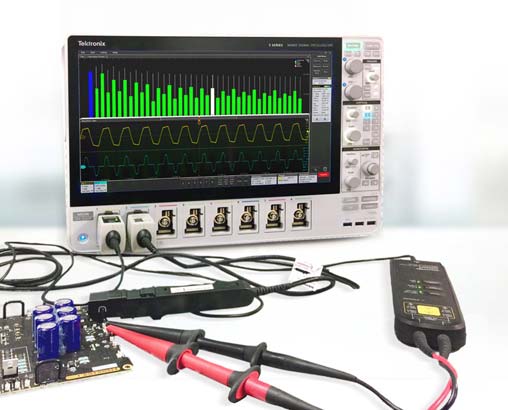

An oscilloscope probe is a device that makes a physical and electrical connection between a test point or signal source and an oscilloscope. Depending on your measurement needs, this connection can be made with something as simple as a length of wire or with something as sophisticated as an active differential probe. Essentially, a probe is some sort of device or network that connects the signal source to the input of the oscilloscope.
How oscilloscope probes work
An oscilloscope probe provides a quality connection between the signal source—or device under test (DUT)—and an oscilloscope. There are a number of important considerations when choosing and using an oscilloscope probe, including the physical attachment, impact on circuit operation, and signal transmission.
The anatomy of an oscilloscope probe
Most probes have at least a meter or two of cable associated with them. Probe cables allow the oscilloscope to be
left in a stationary position on a cart or bench top while the probe is moved from test point to test point in the
circuit being tested. However, the probe cable may reduce the probe’s bandwidth in some cases. Therefore, the longer
the cable, the greater the reduction.
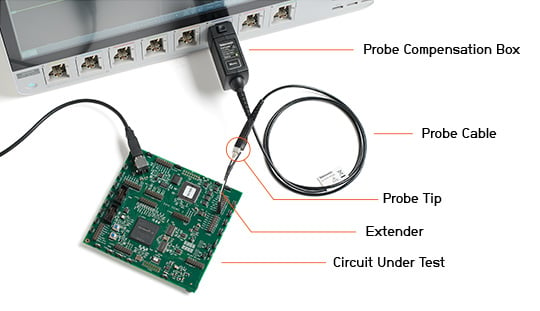
Most probes also have a probe head, or handle, with a probe tip. The probe head allows you to hold the probe while you maneuver the tip to the test point. Often, this probe tip is in the form of a spring-loaded hook that allows you to attach the probe to the test point.
Connecting the probes
Attaching the probe to the test point establishes an electrical connection between the probe tip and the oscilloscope
input. So it is imperative that the probe have minimum impact (typically referred as “load”) on the probed circuit and
that it maintains adequate signal fidelity for the desired measurements. If the probe doesn’t maintain signal
fidelity, or if it changes the signal in any way or changes the way a circuit operates, the oscilloscope sees, and
therefore reports, a distorted version of the actual signal. The result can be inaccurate measurements.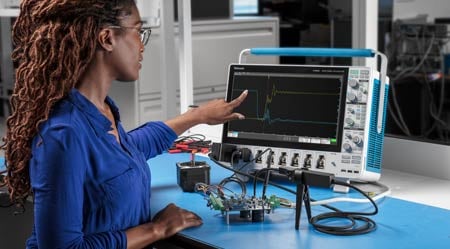
What are the types of oscilloscope probes?
| Oscilloscope Probe Type | Description | |
|---|---|---|
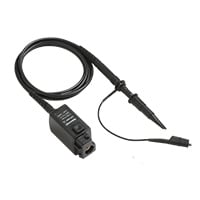 |
Passive voltage oscilloscope probes |
Passive voltage probes are available with various attenuation factors – 1X, 10X, and 100X – for different voltage ranges. The 10x passive probe is the most common and typically supplied with most oscilloscopes. |
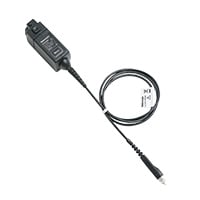 |
Active voltage oscilloscope probes |
Active probes contain or rely on active components, such as amplifiers. Most often, the active device is a field-effect transistor (FET). Active probes are used for higher bandwidth measurements and typically offer much lower input capacitance than passive probes. |
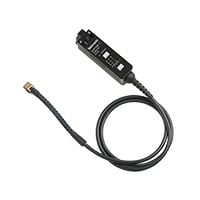 |
Differential oscilloscope probes |
A differential probe uses a differential amplifier to subtract the two signals, resulting in one differential signal for measurement by one channel of the oscilloscope providing higher performance over a broader frequency range. |
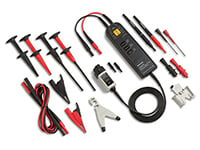 |
High voltage oscilloscope probes |
High voltage probes can have maximum ratings as high as 20,000 volts. |
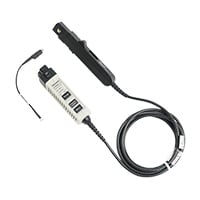 |
Current oscilloscope probes |
Current probes can be designed in several ways, most commonly to sense the strength of the electromagnetic field and convert it to a corresponding voltage for measurement by an oscilloscope. |
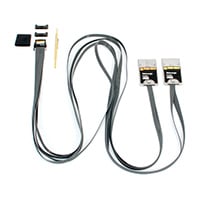 |
Logic oscilloscope probes |
Logic probes enable verification and the debugging of digital signals. |
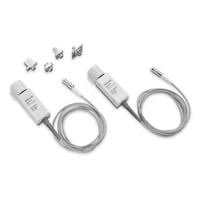 |
Optical oscilloscope probes |
The optical probe generally embeds an optical-to-electrical converter and allows optical signals to be viewed on an oscilloscope. |
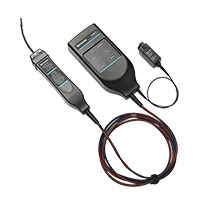 |
Isolated oscilloscope probes |
Isolated probes allow non-ground referenced or “floating” measurements. The Tektronix line offers industry leading CMRR. |
The best oscilloscope probes
An ideal oscilloscope probe offers the following key attributes:
Connection ease and convenience
There’s no single ideal probe size or configuration for all applications. Because of this, various probe sizes and configurations have been designed to meet the physical connection requirements of various applications.
Absolute signal fidelity
The signal as it occurs at the probe tip should be faithfully duplicated at the oscilloscope input.
Zero signal source loading
A probe with zero signal source loading cannot be achieved. It must draw at least a small amount of signal current to develop a signal voltage at the oscilloscope input. Consequently, some signal source loading is to be expected when using a probe. However, the goal should always be to minimize the amount of loading through appropriate probe selection.
Complete noise immunity
Oscilloscope probes are not immune to all noise sources. Use of shielding allows probes to achieve a high level of noise immunity for most common signal levels. However, noise can still be a problem for certain low-level signals.
Using an oscilloscope probe with an oscilloscope
Once you have the equipment you need on your bench to take measurements, learn how to use an oscilloscope , including how to connect and compensate your probes.


